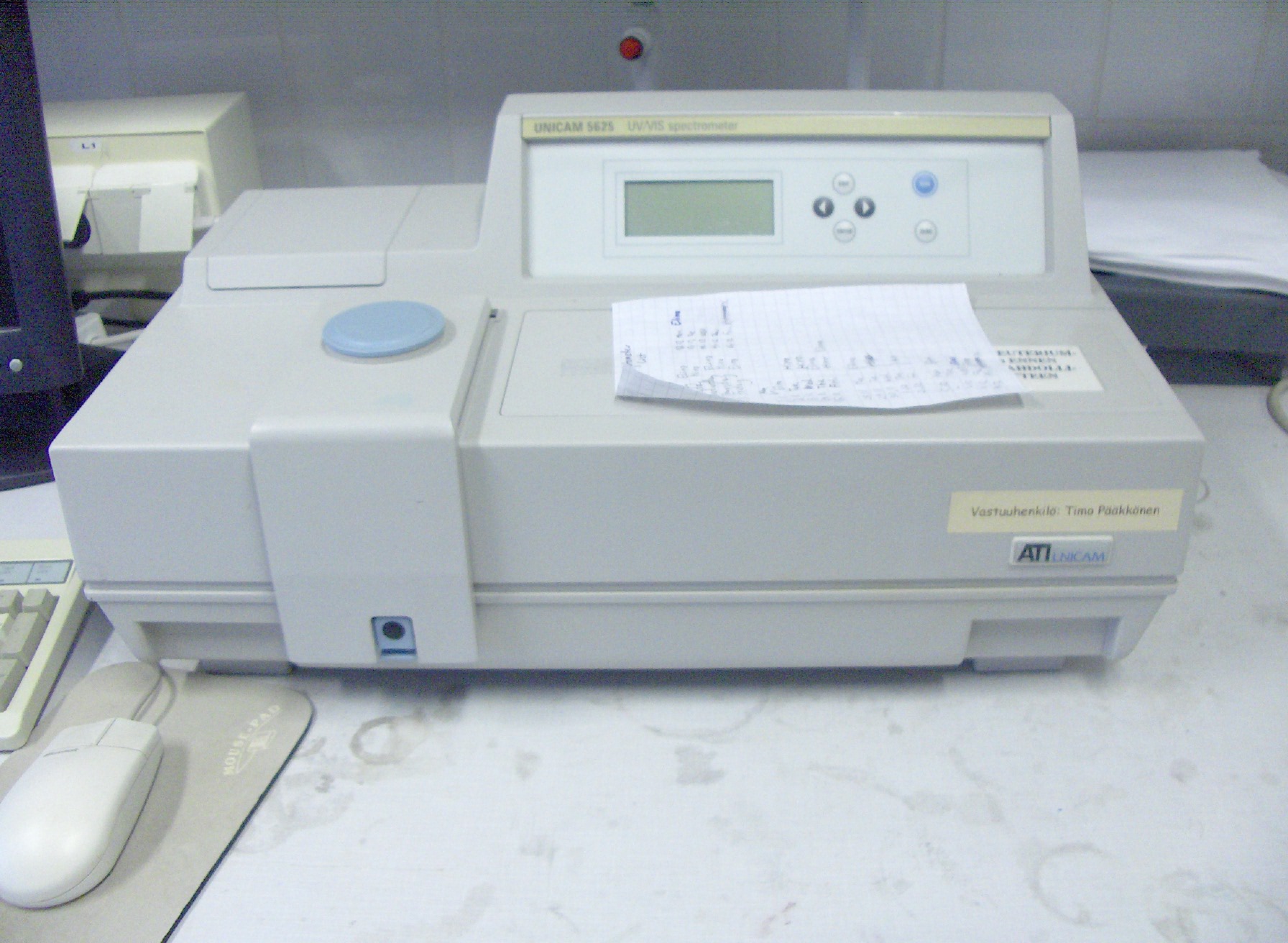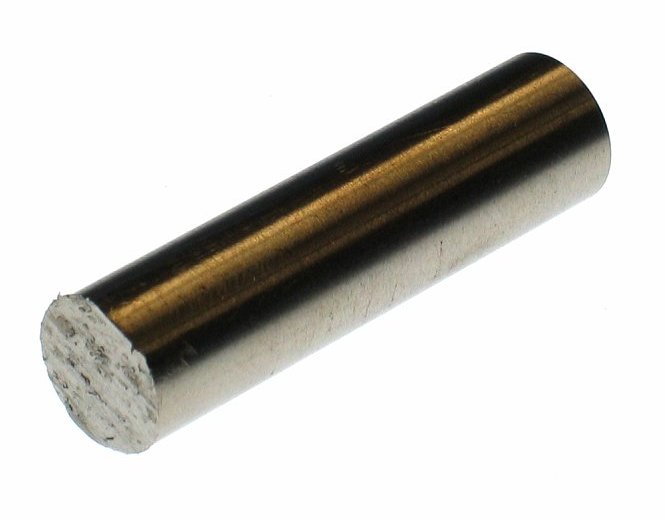|
Rufigallol
Rufigallol or 1,2,3,5,6,7-hexahydroxy-9,10-anthraquinone is an organic compound with formula , which can be viewed as a derivative of anthraquinone through the replacement of six hydrogen atoms (H) by hydroxyl groups (OH). The compound is soluble in dioxane, from which it crystallizes as red needles that sublime without melting at 365 °C. It can be obtained by treating gallic acid with concentrated sulfuric acid and then with sodium hydroxide. Rufigallol is particularly toxic to the malarial parasite ''Plasmodium falciparum'' and has a synergistic effect in combination with the antimalarial drug exifone, which has structural similarities to rufigallol.R. W. WINTER, KENNETH A. CORNELL, LINDA L. JOHNSON, MARINA IGNATUSHCHENKO,DAVID J. HINRICHS and MICHAEL K. RISCOE (1996), ''Potentiation of the Antimalarial Agent Rufigallol''. ANTIMICROBIAL AGENTS AND CHEMOTHERAPY, Vol. 40, No. 6, pages 1408–1411Online versionaccessed on 2010-02-01. Rufigallol forms a crimson-colored com ... [...More Info...] [...Related Items...] OR: [Wikipedia] [Google] [Baidu] |
Octahydroxyanthraquinone
Octahydroxyanthraquinone is an organic compound with formula , formally derived from anthraquinone by replacement of 8 hydrogen atoms by hydroxyl groups. The compound was obtained in 1911 by Georg von Georgievics Wahl, Andre; Atack, F. W (1919) ''The Manufacture Of Organic Dyestuffs''. G. Bell And Sons, LimitedOnline versionaccessed on 2010-01-22. and can be obtained through oxidation of rufigallol ( 1,2,3,5,6,7-hexahydroxyanthraquinone) with boric acid and mercuric oxide in sulfuric acid at . Esters of octahydroxyanthraquinone, where all eight hydroxyls are replaced by straight-chain 1-alkanecarboxylate groups -()''n''-COO-, with ''n'' between 6 and 14, are liquid crystals and have been studied for possible LCD applications. Octahydroxyanthraquinone is active against the malaria parasite, but rufigallol Rufigallol or 1,2,3,5,6,7-hexahydroxy-9,10-anthraquinone is an organic compound with formula , which can be viewed as a derivative of anthraquinone through the replacem ... [...More Info...] [...Related Items...] OR: [Wikipedia] [Google] [Baidu] |
Organic Compound
In chemistry, organic compounds are generally any chemical compounds that contain carbon- hydrogen or carbon-carbon bonds. Due to carbon's ability to catenate (form chains with other carbon atoms), millions of organic compounds are known. The study of the properties, reactions, and syntheses of organic compounds comprise the discipline known as organic chemistry. For historical reasons, a few classes of carbon-containing compounds (e.g., carbonate salts and cyanide salts), along with a few other exceptions (e.g., carbon dioxide, hydrogen cyanide), are not classified as organic compounds and are considered inorganic. Other than those just named, little consensus exists among chemists on precisely which carbon-containing compounds are excluded, making any rigorous definition of an organic compound elusive. Although organic compounds make up only a small percentage of Earth's crust, they are of central importance because all known life is based on organic compounds. Livin ... [...More Info...] [...Related Items...] OR: [Wikipedia] [Google] [Baidu] |
Aluminum
Aluminium (aluminum in American and Canadian English) is a chemical element with the symbol Al and atomic number 13. Aluminium has a density lower than those of other common metals, at approximately one third that of steel. It has a great affinity towards oxygen, and forms a protective layer of oxide on the surface when exposed to air. Aluminium visually resembles silver, both in its color and in its great ability to reflect light. It is soft, non-magnetic and ductile. It has one stable isotope, 27Al; this isotope is very common, making aluminium the twelfth most common element in the Universe. The radioactivity of 26Al is used in radiodating. Chemically, aluminium is a post-transition metal in the boron group; as is common for the group, aluminium forms compounds primarily in the +3 oxidation state. The aluminium cation Al3+ is small and highly charged; as such, it is polarizing, and bonds aluminium forms tend towards covalency. The strong affinity tow ... [...More Info...] [...Related Items...] OR: [Wikipedia] [Google] [Baidu] |
Hydroxyanthraquinone
A hydroxyanthraquinone (formula: C14H9O2(OH)) is any of several organic compounds that can be viewed as derivatives of an anthraquinone through replacement of one hydrogen atom (H) by a hydroxyl group (-OH). The IUPAC nomenclature recommends hydroxyanthracenedione. Usually "hydroxyanthraquinone" refers to a derivative of 9,10-anthraquinone. Quoted by Khalafy and Bruce. Quoted by Khalafy and Bruce. Isomers In general, the term may mean any anthraquinone derivative where any number ''n'' of hydrogens have been replaced by ''n'' hydroxyls, so that the formula is . In this case, the number ''n'' (which is between 1 and 8) is indicated by a multiplier prefix A prefix is an affix which is placed before the stem of a word. Adding it to the beginning of one word changes it into another word. For example, when the prefix ''un-'' is added to the word ''happy'', it creates the word ''unhappy''. Particu ... (mono-, di-, tri-, up to octa-). Additional hydroxy- compounds can be derived ... [...More Info...] [...Related Items...] OR: [Wikipedia] [Google] [Baidu] |
Quinone
The quinones are a class of organic compounds that are formally "derived from aromatic compounds benzene.html" ;"title="uch as benzene">uch as benzene or naphthalene] by conversion of an even number of –CH= groups into –C(=O)– groups with any necessary rearrangement of double bonds, resulting in "a fully Conjugated system, conjugated cyclic diketone, dione structure". The archetypical member of the class is 1,4-benzoquinone or cyclohexadienedione, often called simply "quinone" (thus the name of the class). Other important examples are 1,2-benzoquinone (''ortho''-quinone), 1,4-naphthoquinone and 9,10-anthraquinone. The name is derived from that of quinic acid (with the suffix "-one" indicating a ketone), since it is one of the compounds obtained upon oxidation of quinic acid. Quinic acid, like quinine is obtained from cinchona bark, called quinaquina in the indigenous languages of Peruvian tribes. Properties Quinones are oxidized derivatives of aromatic compounds and ... [...More Info...] [...Related Items...] OR: [Wikipedia] [Google] [Baidu] |
Spectrophotometry
Spectrophotometry is a branch of electromagnetic spectroscopy concerned with the quantitative measurement of the reflection or transmission properties of a material as a function of wavelength. Spectrophotometry uses photometers, known as spectrophotometers, that can measure the intensity of a light beam at different wavelengths. Although spectrophotometry is most commonly applied to ultraviolet, visible, and infrared radiation, modern spectrophotometers can interrogate wide swaths of the electromagnetic spectrum, including x-ray, ultraviolet, visible, infrared, and/or microwave wavelengths. Overview Spectrophotometry is a tool that hinges on the quantitative analysis of molecules depending on how much light is absorbed by colored compounds. Important features of spectrophotometers are spectral bandwidth (the range of colors it can transmit through the test sample), the percentage of sample-transmission, the logarithmic range of sample-absorption, and sometimes a percenta ... [...More Info...] [...Related Items...] OR: [Wikipedia] [Google] [Baidu] |
Spot Test
Spot analysis, spot test analysis, or spot test is a chemical test, a simple and efficient technique where analytic assays are executed in only one, or a few drops, of a chemical solution, preferably in a great piece of filter paper, without using any sophisticated instrumentation. The development and popularization of the test is credited to Fritz Feigl. A spot test or spot assay can also refer to a test often used in microbiology. Chemistry The foundations of Feigl's work on spot analysis were the works of Hugo Schiff (the earliest publication about "spot test" was Shiff's detection of uric acid in 1859) and of Christian Friedrich Schonberg and Friedrich Goppelsröder on capillary analysis. On the occasion of Feigl's 70th birthday the Chemical Society of Midland sponsored a symposium in 1952, attended by 500 scientists from 24 countries, in which all plenary sessions were related to spot tests. The test uses the qualitative characteristics of colored compounds to account for ... [...More Info...] [...Related Items...] OR: [Wikipedia] [Google] [Baidu] |
Hafnium
Hafnium is a chemical element with the symbol Hf and atomic number 72. A lustrous, silvery gray, tetravalent transition metal, hafnium chemically resembles zirconium and is found in many zirconium minerals. Its existence was predicted by Dmitri Mendeleev in 1869, though it was not identified until 1923, by Dirk Coster and George de Hevesy, making it the penultimate stable element to be discovered (the last being rhenium in 1925). Hafnium is named after , the Latin name for Copenhagen, where it was discovered. Hafnium is used in filaments and electrodes. Some semiconductor fabrication processes use its oxide for integrated circuits at 45 nanometers and smaller feature lengths. Some superalloys used for special applications contain hafnium in combination with niobium, titanium, or tungsten. Hafnium's large neutron capture cross section makes it a good material for neutron absorption in control rods in nuclear power plants, but at the same time requires that it b ... [...More Info...] [...Related Items...] OR: [Wikipedia] [Google] [Baidu] |
Zirconium
Zirconium is a chemical element with the symbol Zr and atomic number 40. The name ''zirconium'' is taken from the name of the mineral zircon, the most important source of zirconium. The word is related to Persian '' zargun'' (zircon; ''zar-gun'', "gold-like" or "as gold"). It is a lustrous, grey-white, strong transition metal that closely resembles hafnium and, to a lesser extent, titanium. Zirconium is mainly used as a refractory and opacifier, although small amounts are used as an alloying agent for its strong resistance to corrosion. Zirconium forms a variety of inorganic and organometallic compounds such as zirconium dioxide and zirconocene dichloride, respectively. Five isotopes occur naturally, four of which are stable. Zirconium compounds have no known biological role. Characteristics Zirconium is a lustrous, greyish-white, soft, ductile, malleable metal that is solid at room temperature, though it is hard and brittle at lesser purities. In powder form, zirconi ... [...More Info...] [...Related Items...] OR: [Wikipedia] [Google] [Baidu] |
Thorium
Thorium is a weakly radioactive metallic chemical element with the symbol Th and atomic number 90. Thorium is silvery and tarnishes black when it is exposed to air, forming thorium dioxide; it is moderately soft and malleable and has a high melting point. Thorium is an electropositive actinide whose chemistry is dominated by the +4 oxidation state; it is quite reactive and can ignite in air when finely divided. All known thorium isotopes are unstable. The most stable isotope, 232Th, has a half-life of 14.05 billion years, or about the age of the universe; it decays very slowly via alpha decay, starting a decay chain named the thorium series that ends at stable 208 Pb. On Earth, thorium and uranium are the only significantly radioactive elements that still occur naturally in large quantities as primordial elements. Thorium is estimated to be over three times as abundant as uranium in the Earth's crust, and is chiefly refined from monazite sands as a by-product o ... [...More Info...] [...Related Items...] OR: [Wikipedia] [Google] [Baidu] |





